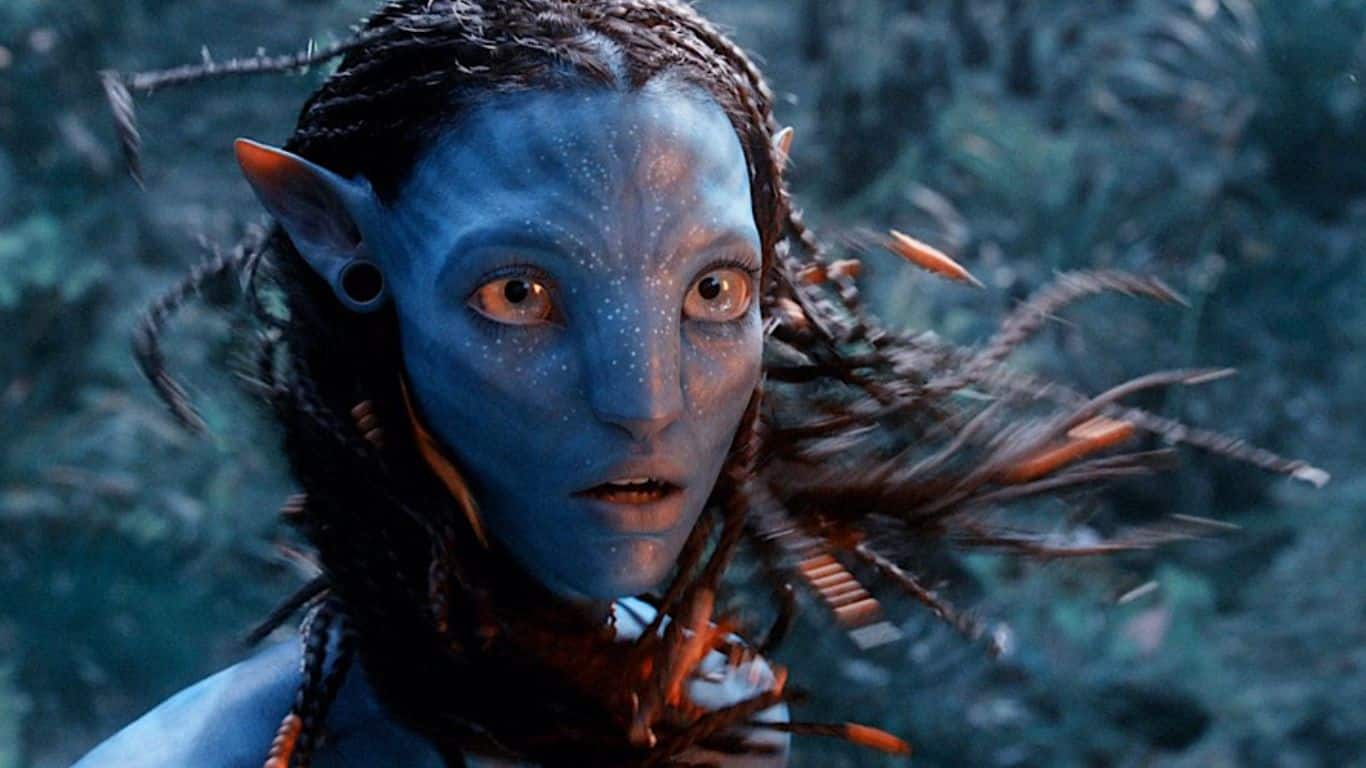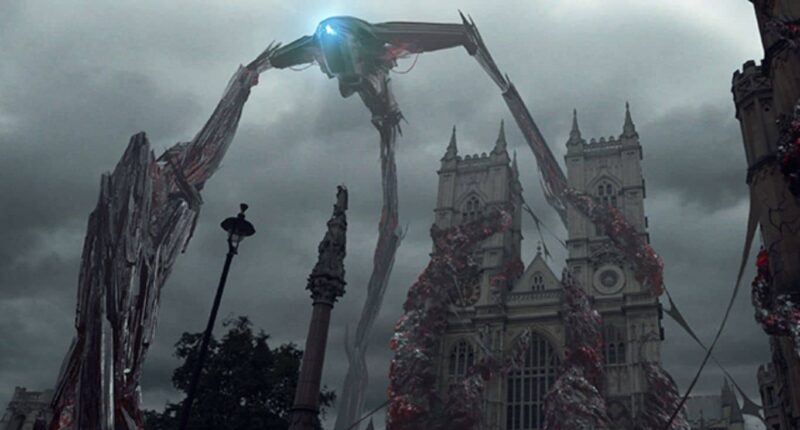The use of computer-generated imagery (CGI) and special effects has revolutionized the film industry, allowing filmmakers to bring their most ambitious visions to life on the big screen. From photorealistic alien worlds and fantastical creatures, to seamless visual effects that enhance and augment live-action footage, CGI and special effects have become integral tools for filmmakers. In this article, we will explore the history and evolution of CGI and special effects in movie-making, and examine the ways in which they have changed the way we tell stories and experience films. We will also consider the impact of these technologies on the film industry, both in terms of the creative possibilities they offer and the challenges they pose. Here are 10 impact of CGI and special effects on movie-making.
Impact of CGI and Special Effects on Movie-Making
Increased creativity and storytelling possibilities

Using CGI and special effects, filmmakers can create and animate characters and creatures that would be impossible or impractical to create using practical effects or makeup alone. This has opened up new possibilities for storytelling and has allowed filmmakers to bring their creative visions to life in new and innovative ways.
For example, CGI has been used to create detailed and realistic creatures and animals that would be difficult or impossible to create using practical effects or makeup. This has allowed filmmakers to tell stories that involve fantastical creatures, such as dragons, unicorns, and other mythical beings. It has also been used to create fully-animated characters, such as the title character in “The Lion King” and the characters in the “Toy Story” series.
Creating characters and creatures that would be impossible to create using practical effects, CGI and special effects have also made it possible for filmmakers to create entire worlds and scenarios that would be unimaginable without CGI. This has allowed filmmakers to tell stories set in fantastical or futuristic worlds, such as the world of “Avatar” or the world of “Star Wars.”
Overall, the ability to create and animate characters and creatures using CGI and special effects has greatly increased the creativity and storytelling possibilities for filmmakers, and has allowed them to bring their creative visions to life in new and innovative ways.
More realistic and immersive environments

One of the major impacts of CGI and special effects on movie-making is the ability to create more realistic and immersive environments. This can be achieved in both the physical world and in terms of the fantastical.
In terms of the physical world, CGI and special effects can be used to create more realistic and immersive environments by adding details and elements that would be difficult or impossible to create using practical effects alone. For example, CGI can be used to create detailed and realistic backgrounds, such as cityscape or landscapes, as well as to add elements such as crowds or traffic to a scene.
In terms of the fantastical, CGI and special effects can be used to create entirely fictional worlds and environments that would be unimaginable without special effects. This has allowed filmmakers to tell stories set in fantastical or futuristic worlds, such as the world of “Avatar” or the world of “Star Wars.”
Filmmakers can now create more realistic and immersive environments using CGI and special effects which helps them to create a greater sense of immersion for the audience, bring their stories to life in a more believable and immersive way.
Improved action sequences

CGI and special effects can be used to create more believable and visually impressive action sequences, which can greatly enhance the overall excitement and enjoyment of the film for the audience.
One way that CGI and special effects can be used to improve action sequences is by making them more realistic and immersive. For example, CGI can be used to create more realistic and detailed backgrounds and environments, which can make the action feel more grounded and believable. It can also be used to create more realistic and detailed characters and creatures, which can make the action feel more dynamic and exciting.
Another way that CGI and special effects can be used to improve action sequences is by allowing filmmakers to create more elaborate and visually impressive action set pieces. For example, CGI can be used to create impressive visual effects, such as explosions, fire, and water, which can add excitement and spectacle to the action.
Overall, the use of CGI and special effects in action sequences can greatly enhance the excitement and enjoyment of the film for the audience, by making the action more realistic and immersive, and by allowing filmmakers to create more elaborate and visually impressive set pieces.
Greater consistency in look and feel

One of the major impacts of CGI and special effects on movie-making is the ability to achieve a consistent look and feel across a film. Because CGI and special effects can be created and manipulated digitally, filmmakers have greater control over the visual aspects of the film and can ensure that the look and feel of the film is consistent from shot to shot.
This is in contrast to practical effects, which can vary from shot to shot due to factors such as lighting, camera angle, and the physical properties of the materials used. By using CGI and special effects, filmmakers can more easily ensure that the look and feel of the film is consistent, which can help to create a more cohesive and polished final product.
Filmmakers create more cohesive and polished films that are visually consistent from start to finish.
Enhanced special effects

One of the major advantages of using CGI and special effects to create special effects is the level of control and precision that they offer. With CGI and special effects, filmmakers can create highly detailed and realistic special effects that are difficult or impossible to achieve using practical effects alone. For example, CGI can be used to create realistic and detailed explosions, fire, and water, which can add excitement and spectacle to a film.
Besides being more sophisticated and realistic, CGI and special effects also offer greater flexibility and versatility than practical effects. For example, if a filmmaker wants to make changes to a special effect after filming has been completed, it is much easier to do so with CGI and special effects than with practical effects, as the effects can be modified digitally.
The use of CGI and special effects to create special effects has greatly enhanced the capabilities of filmmakers, allowing them to create more sophisticated and realistic special effects that are difficult or impossible to achieve using practical effects alone.
Greater control over the visual aspects of the film

Another major impacts of CGI and special effects on movie-making is the ability to have greater control over the visual aspects of the film. Because CGI and special effects can be created and modified digitally, filmmakers have more flexibility and control over the visual aspects of the film.
For example, if a filmmaker wants to make changes to the look and feel of a scene, it is much easier to do so with CGI and special effects than with practical effects, as the effects can be modified digitally. This allows filmmakers to fine-tune the look and feel of their films to achieve the desired result.
CGI and special effects also offer greater consistency and precision. Because they can be created and manipulated digitally, filmmakers can ensure that the look and feel of the film is consistent from shot to shot, which can help to create a more cohesive and polished final product.
It also allows filmmakers to fine-tune the look and feel of their films to achieve the desired result and create a more cohesive and polished final product.
Increased efficiency

This can save time and money during the production process, as the use of CGI and special effects can streamline the effects-creation process and reduce the need for shoots or costly practical effects.
For example, if a filmmaker wants to create an elaborate special effect using practical effects, it can be time-consuming and costly to set up and execute the effect. In contrast, if the same effect is created using CGI and special effects, it can be created more quickly and efficiently, as the effect can be created and modified digitally.
CGI and special effects also offer greater flexibility and versatility than practical effects. If a filmmaker wants to make changes to an effect after filming has been completed, it is much easier to do so with CGI and special effects than with practical effects, as the effects can be modified digitally.
It has allowed filmmakers to save time and money during the production process and has increased the flexibility and versatility of the effects-creation process.
Ability to make changes after filming

One of the major impacts of CGI and special effects on movie-making is the ability to make changes or adjustments to the film after filming has been completed. Because CGI and special effects can be created and modified digitally, filmmakers have greater flexibility and control over the effects in their films, and can make changes or adjustments to the effects without having to re shoot scenes.
For example, if a filmmaker wants to make changes to the look or behavior of a character or creature that was created using CGI, it is much easier to do so with CGI and special effects than with practical effects, as the effects can be modified digitally. This allows filmmakers to make changes or adjustments to their films without having to re shoot scenes, which can save time and money during the production process.
The ability to make changes after filming has been completed also allows filmmakers to fine-tune the effects in their films to achieve the desired result. This can help to create a more polished and cohesive final product. Filmmakers can make changes or adjustments to their films without having to re shoot scenes and this has increased the flexibility and control of the effects-creation process.
Increased accessibility

The increased accessibility of CGI and special effects software and tools has significantly impacted movie-making by allowing more filmmakers to use these tools in their productions. In the past, the software and tools used to create CGI and special effects were often expensive and difficult to use, making them inaccessible to many filmmakers. However, as technology has advanced and become more sophisticated, the software and tools have become more user-friendly and affordable, making them accessible to a wider range of filmmakers.
This increased accessibility has helped to democratize the film-making process and has opened up new possibilities for storytelling and visual effects. Overall, the increased accessibility of CGI and special effects has had a significant impact on movie-making by allowing more filmmakers to use these tools in their productions and by opening up new possibilities for storytelling and visual effects.
Increased audience expectations

The increased prevalence of CGI and special effects in films has raised audience expectations for high-quality visuals, putting pressure on filmmakers to use these tools to create visually impressive films that meet these expectations. While in the past, audiences may have been more forgiving of lower quality visuals, the increasing sophistication of CGI and special effects has led to a higher expectation for high-quality visuals in films. Meeting these expectations can be a challenge for filmmakers, as creating high-quality visuals using CGI and special effects can be time-consuming and costly. The increased audience expectation for high-quality visuals has had a significant impact on movie-making, as it has put pressure on filmmakers to use CGI and special effects to create visually impressive films that meet these expectations.
Also Read : Best Animated Series of All Time by DC



